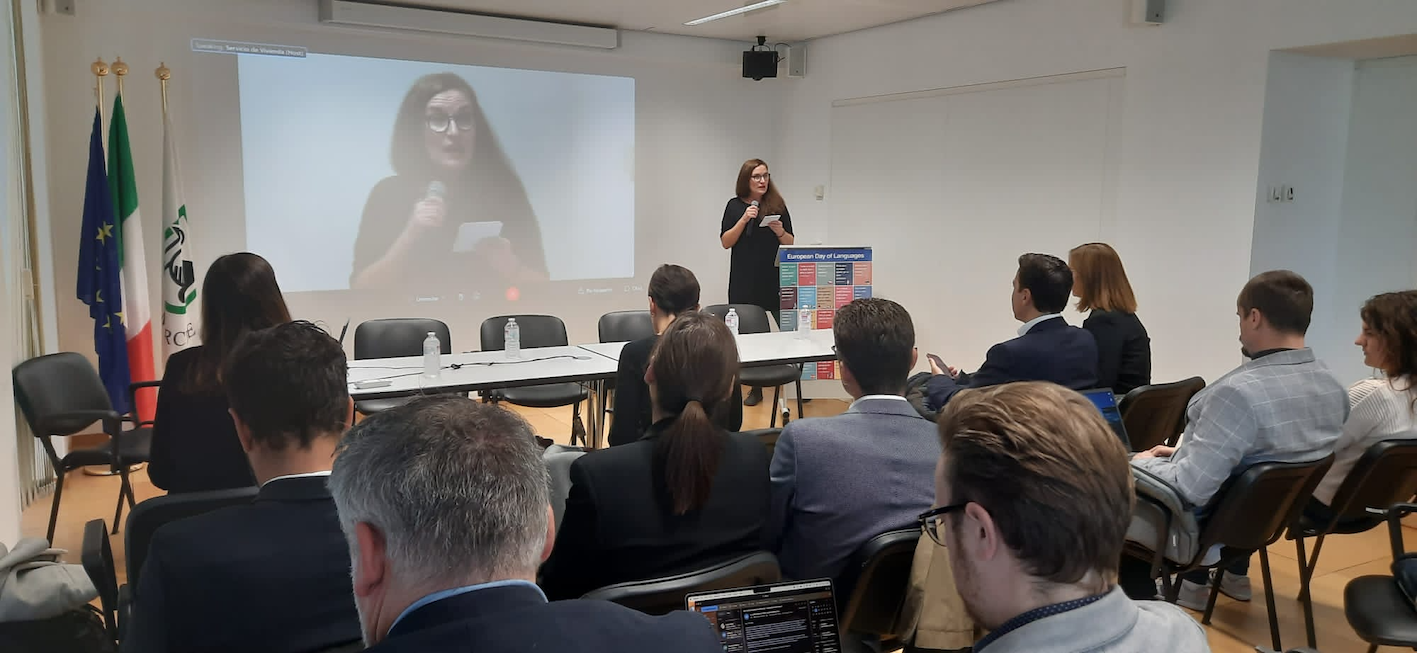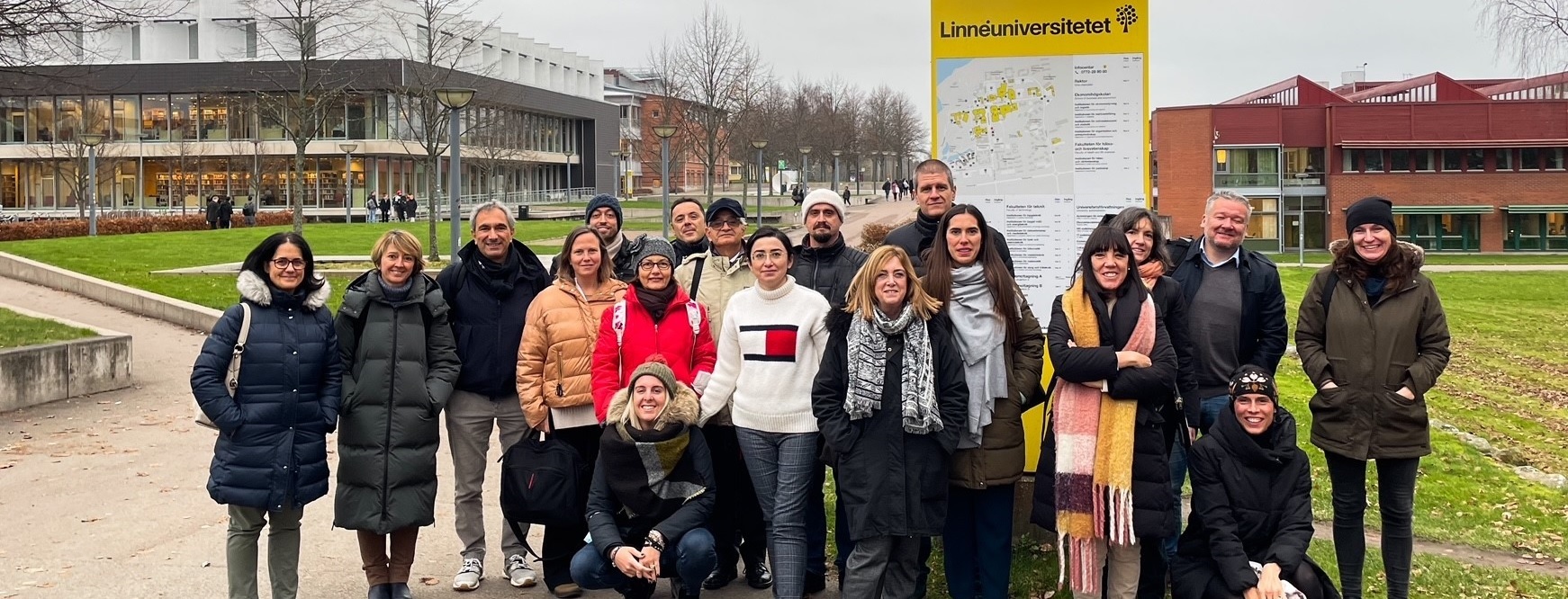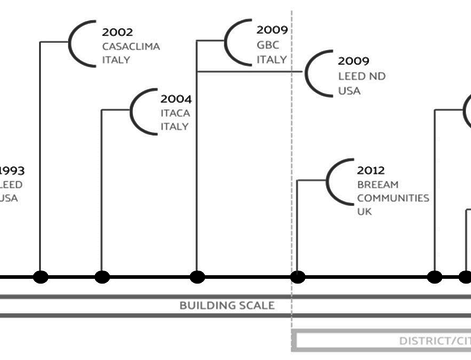Author: Miljenko Sedlar, REGEA ([email protected])
EU is the world front runner when it comes to energy and climate policies and has set itself significant targets to become climate neutral by 2050. Policies on the EU level are set, directives have mostly been transposed in the national legislation, but a lot of actual work still has to happen and it will happen locally.
Cities, regions and municipalities are, in practice, the ones implementing national and European legislation and directives, especially those related to energy efficiency, the utilization of distributed RES as well as dealing with the evermore important issues related to climate change. If not responsible for the actual implementation, they are at minimum in charge of enabling it through the removal of administrative barriers and the creation of favorable local conditions in tandem with the national governments. This comes into effect through binding mechanisms, such as the distribution of the local and regional budgets, and spatial planning and zoning restrictions as well as voluntary ones, such as SECAPs or similar action plans and strategies that lack a means of enforcement. Cities and municipalities often lack capacity since they do not have a structured decision-making process which could allow them to drive the implementation of energy efficiency and climate adaptation measures. They are usually limited to subsidy schemes, resulting in poor value for money and a lack of long-lasting impacts. Furthermore, climate change issues are merely addressed superficially, if at all, especially those related to climate change adaptation. Energy and climate are broad, horizontal topics, which influence, and are influenced by, a wide variety of sectors as well as decisions made at all levels. The lack of integration and communication between the various governance levels and sectors results in contradictory policies and strategies that are not in synergy with one another, plans which lack focus, and finally a lack of implementation of energy efficiency and climate adaptation related measures and a sub-optimal use of public spending.
Energy agencies have knowledge and capacities that can back up local and regional authorities in their drive to transition towards climate neutrality. In Croatia, REGEA has recognized this need and has initiated this agenda with several cities and is currently piloting this approach. In the City of Karlovac a pilot project was initiated, within which the city’s SECAP will be fully integrated into its zoning and spatial plans. This will include the introduction of energy zoning, setting higher standards for energy efficiency and use of renewables, and stricter emissions’ standards for the transport sector as well as the formalization of other measures identified in the SECAP. Spatial planning and zoning are ideal tools for such harmonized implementation and allow for proper budgetary allocations for energy and climate related measures, acting as an ex-ante baseline for different funding mechanisms.
We in REGEA believe this approach will lead to more efficient use of the existing planning capacity to enact and enforce their energy and climate visions, as employing additional capacity is a barrier that hinders energy and climate planning. Cities do, on the other hand, possess the necessary capacities when it comes to their spatial planning and zoning, and the key is in using existing governance leavers to empower cities to make joint applications of both spatial and zoning plans. Spatial plans determine the physical development of an area, define the use of individual land plots and set restrictions on the development of construction projects. By integrating these aspects: energy, climate, and spatial planning as well as other sectors, such as transport, cities can develop, enact and, most importantly, enforce a coherent sustainable development strategy, which will be backed by legally binding documents and actions and will present a set of tools for decarbonisation and climate change adaptation.
Ensuring a planning method that would enable more cities to be able to have higher-quality zoning and spatial plans, which prioritize energy and climate issues, goes hand in hand with many EU directives and assists the realization of the UN’s 3rd Sustainable Development Goal of sustainable cities and communities. There are three essential factors for success, namely empowering local and regional enhancing the consistency of energy and climate planning across different levels of government and various sectors and to deliver systemic change and ensure long term sustainability of the approach.
Integration of energy and climate aspects into spatial planning, zoning and budgetary aspects of local and regional governance management is one of the necessities that will help deliver transition towards low-carbon districts, energy transition in general and help create climate resilient societies.












